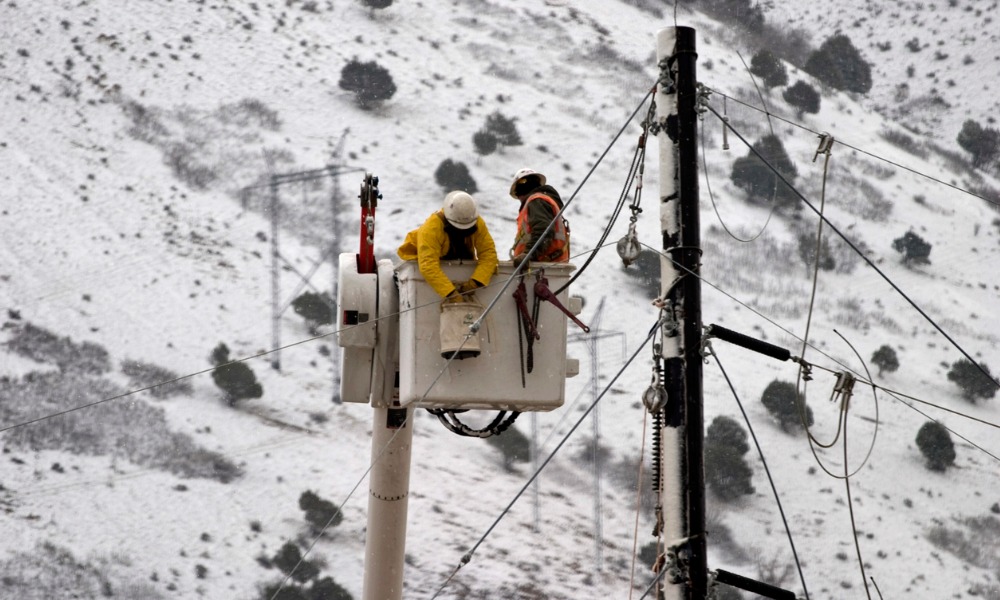Between 2015 and 2018, 30 workers in B.C. were injured as a result of cold exposure

WorkSafeBC has issued a reminder for workers to practice safety precautions while working in cold weather.
In particular, the organization is reminding transport truck drivers, recreational instructors, operators and attendants, construction workers, and utility and maintenance workers to wear warm head covers and to layer their clothing so as to allow sweat to escape and trap heat.
Workers must also wear waterproof boots; wear gloves or mittens; pace any vigorous work with scheduled breaks; stay hydrated; and limit their coffee or tea intake.
Employers, meanwhile, must do a cold-stress assessment and implement a plan to protect workers from cold exposure. When possible, employers must heat the working environment to protect their workers. WorkSafeBC also explained how heated shelters can help protect construction workers from cold and damp environments.
“Working in cold conditions can lead to serious injuries if you’re unprepared — frostbite can occur in a matter of minutes without proper clothing and equipment,” says Barry Nakahara, senior manager of prevention field services for WorkSafeBC.
Between 2015 and 2018, 30 workers in B.C. were injured as a result of cold exposure. Frostbite proved to be the most common cold-weather injury, and it can occur quickly in extreme temperatures when wind or wet clothing are factored in.
Cold stress can also lead to hypothermia, where a worker becomes so cold, they lose more heat than their body produces. This can be fatal.





